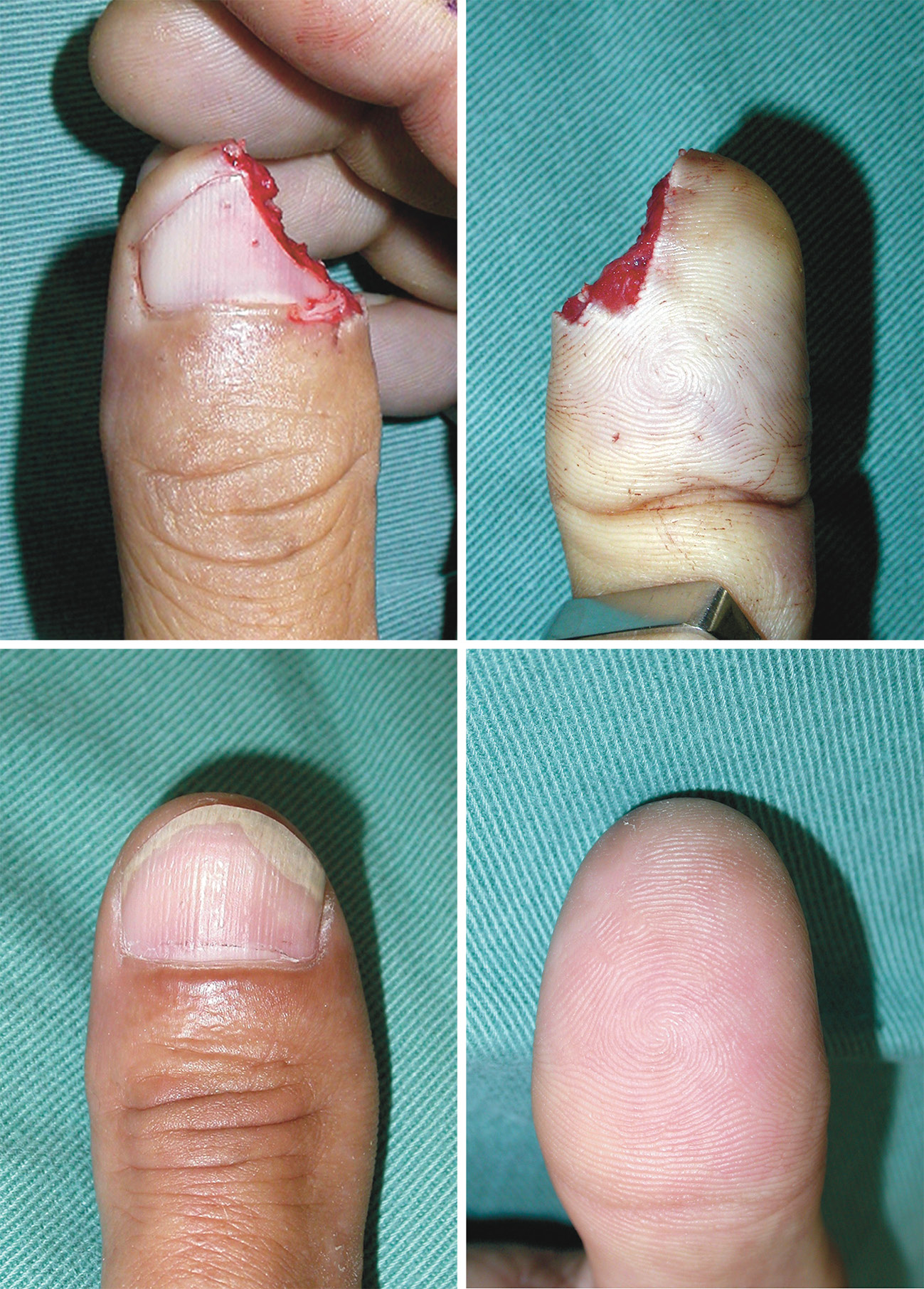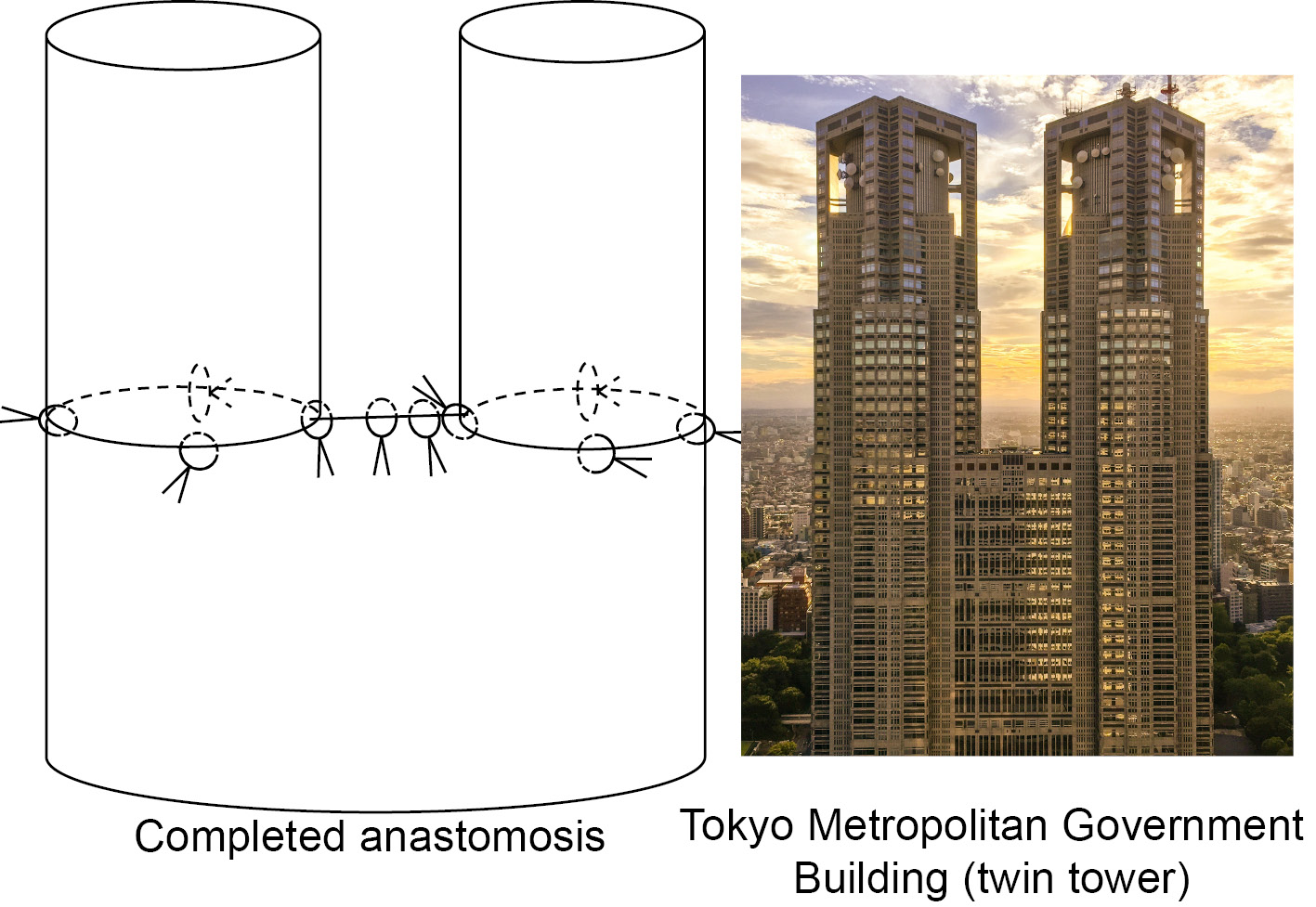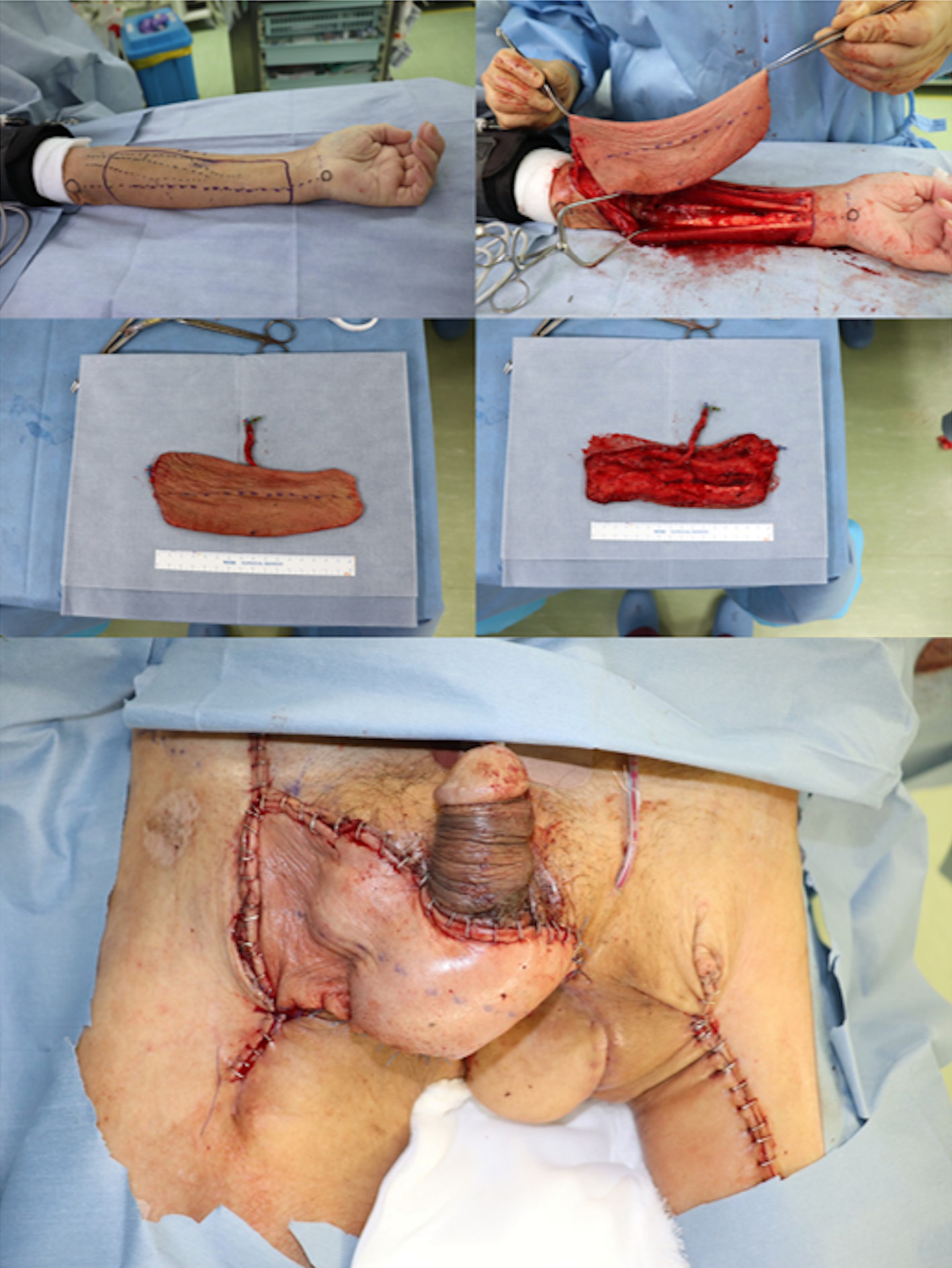1 巻, 1 号
選択された号の論文の6件中1~6を表示しています
- |<
- <
- 1
- >
- >|
Editorial
-
2022 年 1 巻 1 号 p. 1
発行日: 2022/01/27
公開日: 2022/01/27
PDF形式でダウンロード (262K)
Original Research
-
2022 年 1 巻 1 号 p. 2-10
発行日: 2022/01/27
公開日: 2022/01/27
PDF形式でダウンロード (941K) -
2022 年 1 巻 1 号 p. 11-19
発行日: 2022/01/27
公開日: 2022/01/27
PDF形式でダウンロード (1788K)
Case Report
-
2022 年 1 巻 1 号 p. 20-25
発行日: 2022/01/27
公開日: 2022/01/27
PDF形式でダウンロード (781K) -
2022 年 1 巻 1 号 p. 26-30
発行日: 2022/01/27
公開日: 2022/01/27
PDF形式でダウンロード (766K)
Technical Note
-
2022 年 1 巻 1 号 p. 31-33
発行日: 2022/01/27
公開日: 2022/01/27
PDF形式でダウンロード (402K)
- |<
- <
- 1
- >
- >|





